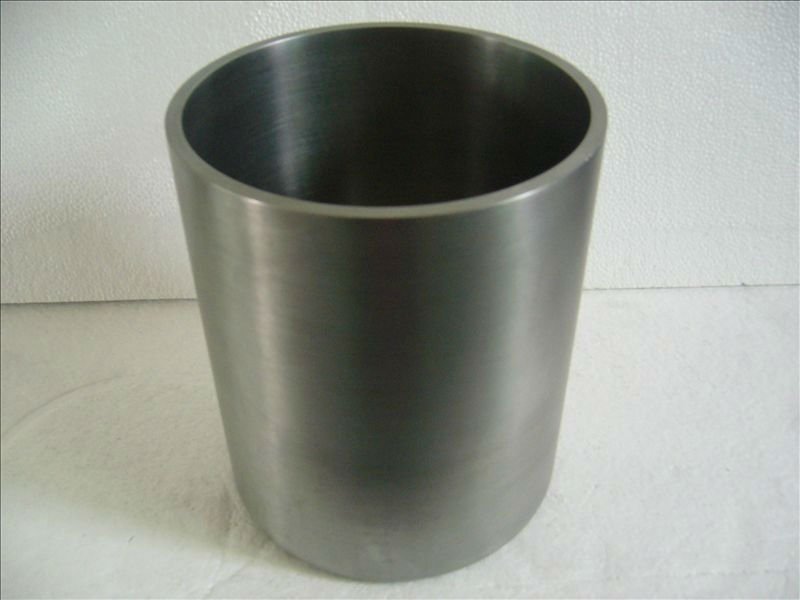

 Unless your technique or calculations are wrong, it has to be either that or maybe Os or Ir. All of them are of course
hideously expensive.
Unless your technique or calculations are wrong, it has to be either that or maybe Os or Ir. All of them are of course
hideously expensive. 


Quote: Originally posted by Erbium_Iodine_Carbon  |
Quote: Originally posted by ScienceSquirrel  |
 My money's still on W.
My money's still on W.Quote: Originally posted by ScienceSquirrel  |

Quote: Originally posted by blogfast25  |


Quote: Originally posted by phlogiston  |
Quote: Originally posted by ScienceSquirrel  |


Quote: Originally posted by blogfast25  |
Quote: Originally posted by phlogiston  |
Quote: Originally posted by Erbium_Iodine_Carbon  |
Quote: Originally posted by AndersHoveland  |
Quote: Originally posted by unionised  |
Quote: Originally posted by Eddygp  |
Quote: Originally posted by DerAlte  |
Quote: Originally posted by DerAlte  |

| Quote: |

| Quote: |
| Quote: |
Quote: Originally posted by DerAlte  |
Quote: Originally posted by unionised  |
Quote: Originally posted by Erbium_Iodine_Carbon  |
Quote: Originally posted by Erbium_Iodine_Carbon  |
Quote: Originally posted by blogfast25  |
| Quote: |
 but congratulate you either way. This is either
one of the best hoaxes ever perpetrated on the members of this forum or a really lucky find. You win both ways!
but congratulate you either way. This is either
one of the best hoaxes ever perpetrated on the members of this forum or a really lucky find. You win both ways!